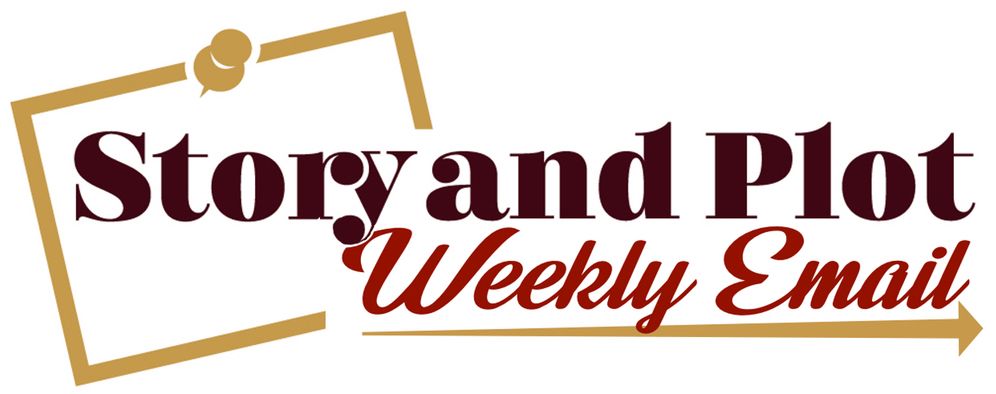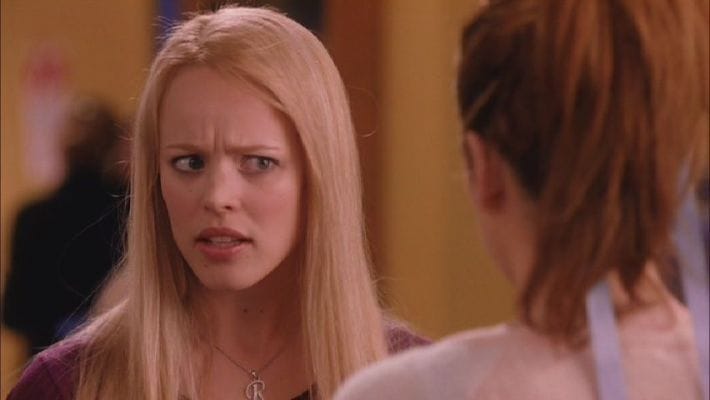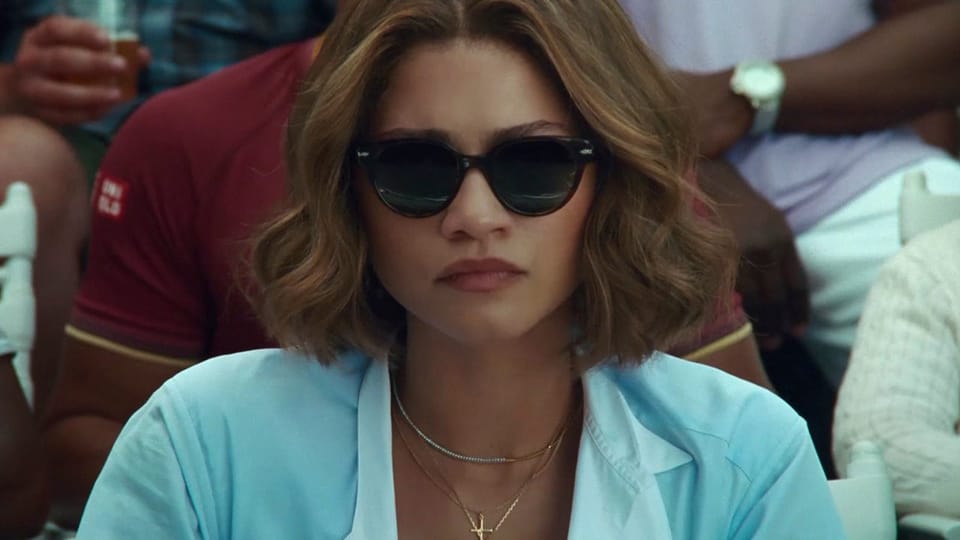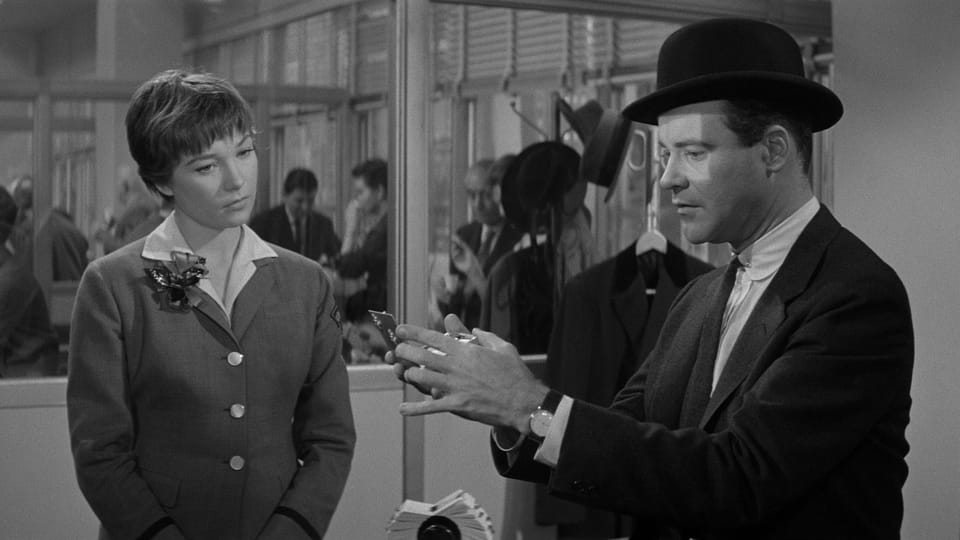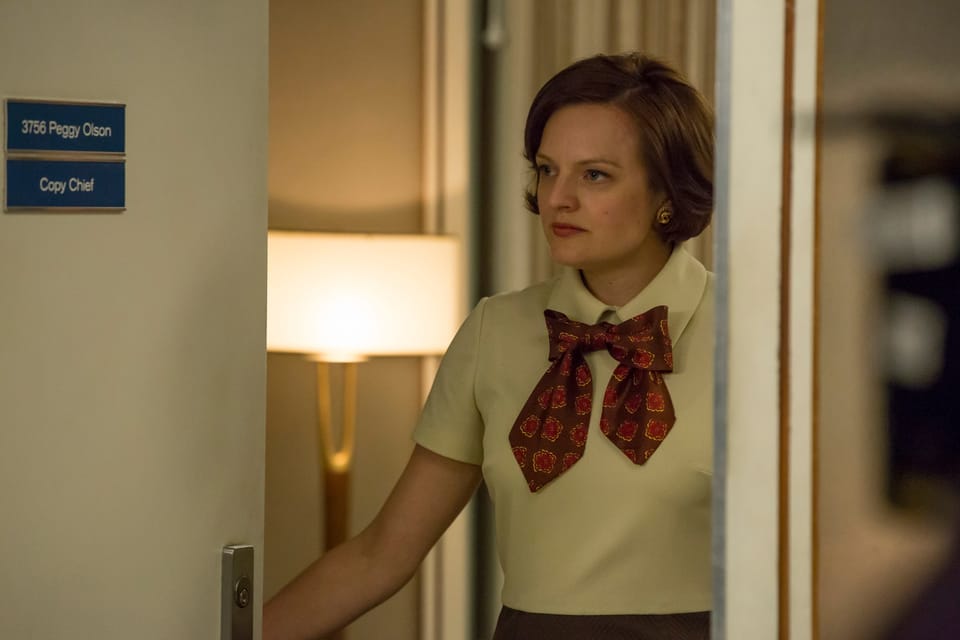Make Your Screenplay More Readable: Write Vertically
Put simply, writing vertically refers to making choices that push the reader's eyes DOWN the page more often than they go ACROSS the page.
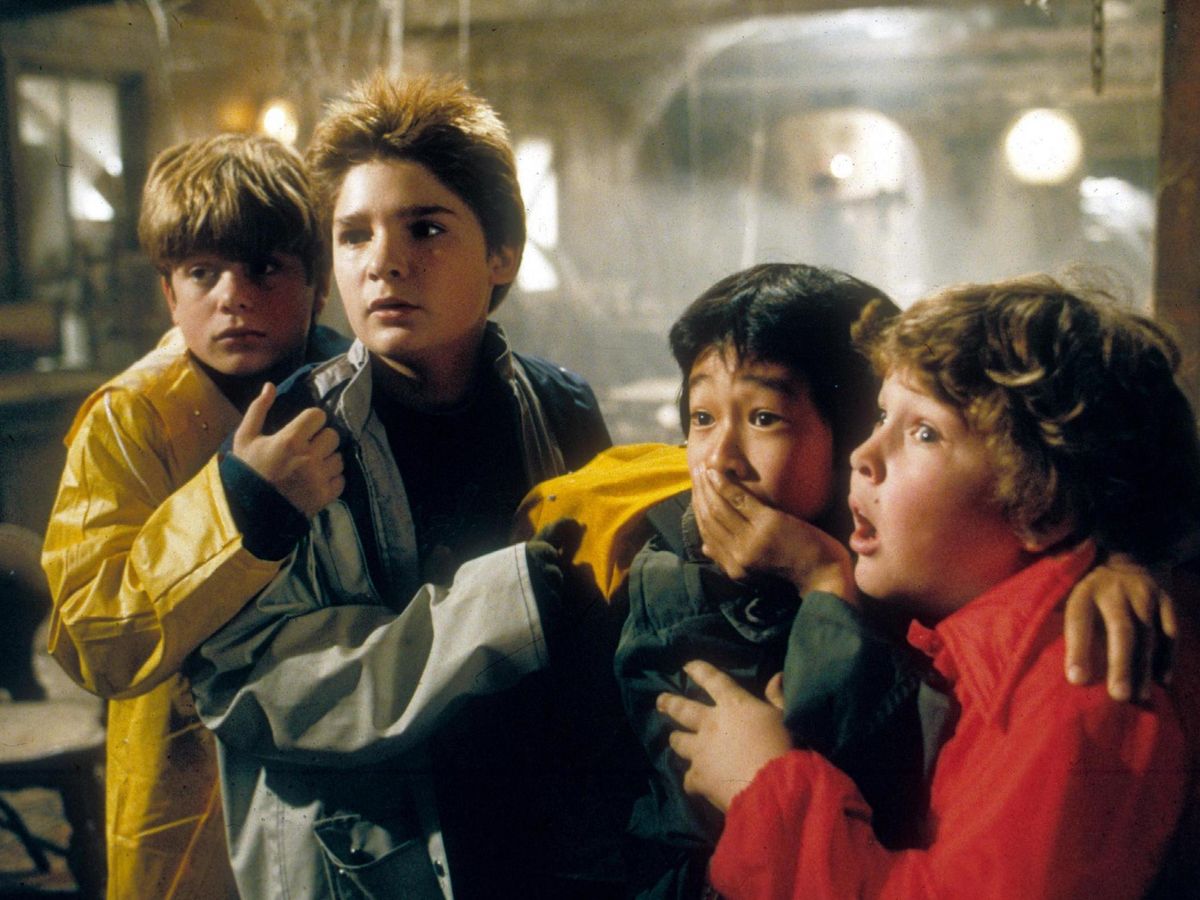
The Story and Plot Weekly Email is published every Tuesday morning. Don't miss another one.
Write Vertically
You've heard the advice. It sounds cool, right? Write vertically!
But the English language reads left to right, so what exactly does it mean to write vertically?
Put simply, writing vertically refers to making choices that push the reader's eyes DOWN the page more often than they go ACROSS the page.
On the left is page 2 from The Goonies, and on the right is a student script.
The Goonies is almost certainly a better movie, but which one would you rather read?
For me, the one on the right. Every time. But how cool would it be if The Goonies was written like that instead?
This is important because if I know screenwriters, many of you are asking, "What does it matter how it is written on the page if the script is good? Isn't The Goonies a great movie?"
In a perfect world, you're right. What goes on screen is what counts. But we're not in a perfect world, and we are not writing a screenplay commissioned by Steven Spielberg.
And it's true: writing vertically can't make a bad story good.
But it can make a great story easier to identify.
And that's the goal.
Why does writing vertically make a great story easy to identify?
Mostly because it makes it easier for the screenwriter to direct the reader's experience.
Writing vertically helps by:
- Making the pages visually more inviting to read.
- Giving you better control of the rhythm.
- Making it easier to create imagery.
- Making it easier to control the reader's focus.
- Allowing the reader to turn pages faster.
The primary tool to do this is shorter paragraphs.
That's it. That's all it really takes.
The trick is how we use those shorter paragraphs to tell our story.
We are taught in school how to write "proper" paragraphs with introductory, supporting, and conclusion sentences. If you were like me, you would find it satisfying to write a thick, five-sentence paragraph. That dopamine rush is hard to kick!
But I encourage you to unlearn this. I want you to try to get the same feeling by writing a supremely effective paragraph that is short and compact.
And then hit <return> and write another one.
Remember our goal for the read: to evoke the emotional experience of seeing the movie.
We are trying to create the visual, auditory, and emotional experience of seeing this movie for the first time for the reader.
That's tough to do with just text. We don't want them reading a novel.
We want them to see the movie.
In real time.
Nothing should take longer to read than it takes to happen on the screen.
There are 53 lines down an average screenplay page.
53 opportunities to go across all six inches of text (8.5 inches minus the margins.) You can reduce that to 26 times if no paragraph is longer than one line.
And even fewer than that if you write less than a couple inches across.
Like this.
Or this.
It hardly feels like you're writing left to right at all.
I rarely have paragraphs longer than three lines.
That's not sentences. That's lines. The vast majority of my paragraphs are one or two lines.
This is an example page of mine. The content is not so important in this example, but rather the look, feel, and flow.
Paragraphs do three things very well.
- Encapsulate a single visual shot.
- Extend time.
- Create emphasis.
All are quite necessary for the emotional experience we're trying to evoke.
Encapsulate a single visual shot.
A guideline I use: I can have a single shot go over many paragraphs, but I rarely will have a single paragraph describe multiple shots (as always, rarely, not never).
I tackled this in more detail back in May in the email Evoking A Shot List.
Extend Time.
This often maximizes the vertical flow because you are using a new paragraph to speed up the read by making us flow down the page quicker, but creating the illusion of more time passing.
Create Emphasis
This one is obvious. This is a way to emphasize a sentence by giving it its own paragraph rather than burying it behind one or two other sentences. This sentence gets a little lost.
This sentence does not.
Here are some more examples of writing vertically.
Remember, there are as many styles as there are writers.
Okay, maybe Tár is not the best example of writing vertically.
In fact, it's the opposite.
See if you like it.
Nightcrawler won the Academy Award for Best Original Screenplay and I encourage you to read and let it influence you, but do not try to emulate it.
As a rule, never go full Gilroy.
Only Gilroy should do that.
Page count is even more of a challenge.
The irony is not lost on me that as movies get longer and longer in the movie theatres, our screenplays seem to get shorter and shorter.
But remember, we once targeted 120-page scripts because that was considered the average run time of a film. 120 minutes.
Now, we target 100 pages because readers seem to resent reading more than that.
Today's reader looks at the page count, and if it's over 110 pages, they sigh like you let them down.
Yes, more white space but fewer pages is annoying, but that's where we are at.
The mental battle continues.
You will find plenty of examples out in the wild of writers utilizing big, thick paragraphs. See Tár above as an example.
Some of our best writers have no interest in writing vertically.
Don't use that as an excuse. Put forth the effort to write better and make your screenplays more reader-friendly.
If, for some reason, you believe you can offer up a better emotional experience by neglecting these tactics, by all means, neglect them.
But that should be the only reason to do so.
Do not let laziness and stubbornness sneak in, as they often do, under the cover of integrity. I know this all too well from personal experience.
That's a wrap for this week!
Hope this helped. I am working on an entire course on Improving The Read, and this is just a brief glimpse.
If you enjoy this Weekly Email, please share it with anyone you think might be interested.
I went to this weekly format just in March, so it is still young and looking to grow!
Click here for the link to share on social media.
Until next week!
Tom Vaughan
The Story and Plot Weekly Email is published every Tuesday morning. Don't miss another one.
When you're ready, these are ways I can help you:
WORK WITH ME 1:1
1-on-1 Coaching | Screenplay Consultation
TAKE A COURSE
Mastering Structure | Idea To Outline
